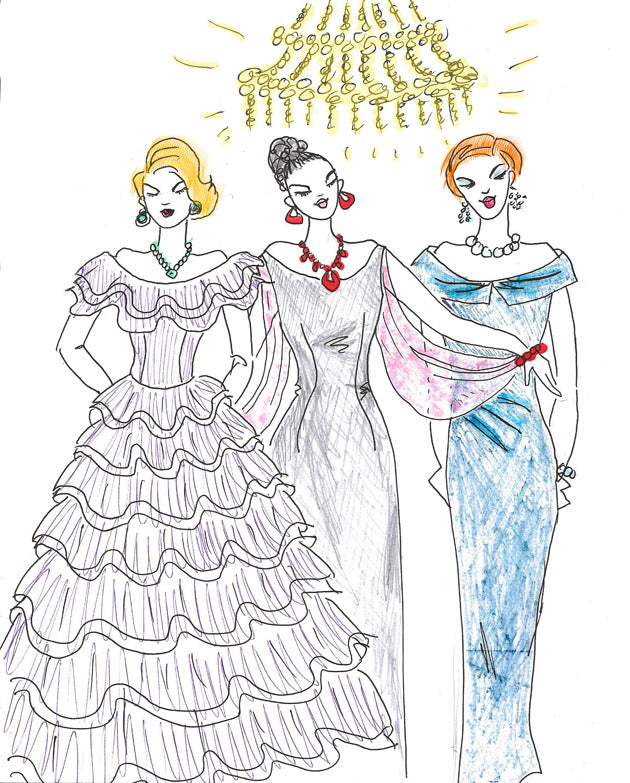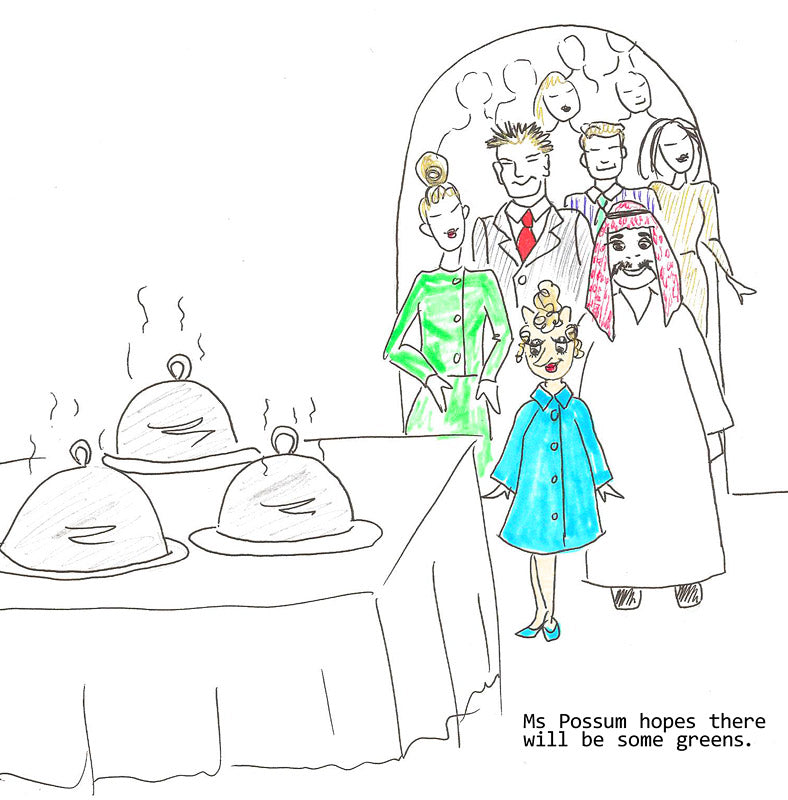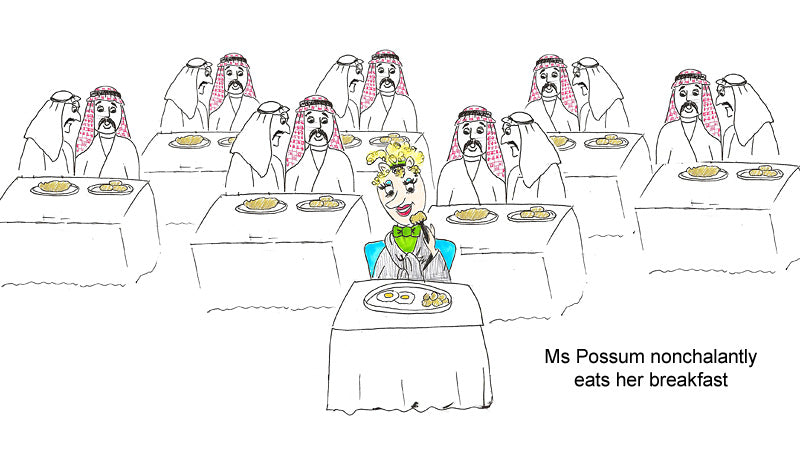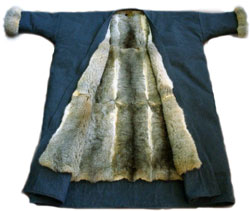- Applies to any value of website order
- Deliveries will be from early July 2025
- Order now to be 1st in the queue
Faux Fur. What’s the Real Cost?
There are all sorts of issues surrounding fur and we realise that it’s not for everybody.
One of the main proposed alternatives to real fur is faux-fur. But it’s worth remembering in this age of environmental awareness that there are two sides to every coin. Many consumers purchase faux-fur thinking that they’re getting the best of both worlds: a stylish warm product and a nice warm-fuzzy for Mother Nature.
Sadly the opposite is true.
Most faux fur is made from polyester, nylon or a synthetic polymer of Nitrile – the same stuff used in industrial PVC and rubber. Take a swing by your friendly neighbourhood rubbish dump and you’ll see ample evidence of what your faux-fur coat could be made out of!
Products like this make a major environmental impact. They require lots of chemicals in their production, and one of the many by-products of this is greenhouse gas. Unfortunately, once you’ve finished with it, the problem just gets worse. Synthetic products are non-biodegradable, so they clog up landfills for years after they’ve been disposed of.
Synthetic products have negative environmental ramifications, both in making them and disposing of them.
Which brings us to fur. And more specifically in the context of this blog, Possum fur. Many people look at the ‘eco-fur’ label and say “well, that’s just clever marketing; it’s still the fur trade.” But is it?
In New Zealand the environmental impact of the Brushtail Possum is well known. But don’t take our word for it. This is the National Geographic’s take on it. The New Zealand Department of Conservation themselves acknowledge that there is no one solution, and their current 1080 poison creates other problems.
That’s why the ‘eco-fur’ tag is appropriate for Possum. Every animal taken out of our eco-system helps a little with the delicate balance. Lots of small actions add up to a greater whole.
The numbers speak for themselves. 70,000,000 possums eating 8,000,000 tons of New Zealand native bush every year. Eeep! That’s why we believe that a commercially driven strategy, hand-in-hand with an eradication program will have the best long term results.
So how do you differentiate the PR spin from the real story? One word: Awareness.
We’re not going to tell you what to wear. That’s your personal decision. What we do say is: dig a little deeper. Do some research. Check out the manufacturer’s claims.
Just because something is labelled ‘green’ it doesn’t necessarily do the planet a favour.




